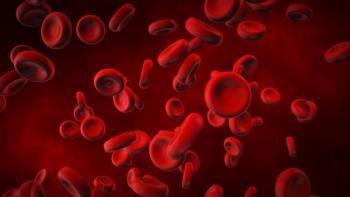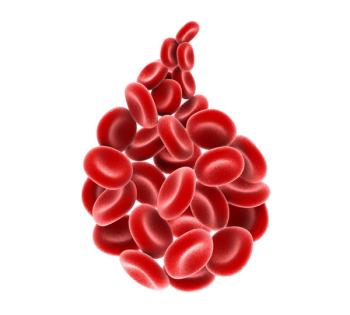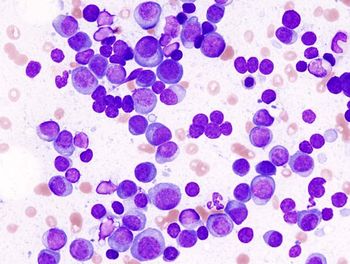
Oncology NEWS International
- Oncology NEWS International Vol 9 No 9
- Volume 9
- Issue 9
PRIMATOM System Combines CT Scanning With Radiation Therapy
CONCORD, Calif-Siemens Oncology Care Systems Group has unveiled the PRIMATOM System, which combines a CT scanner with a linear accelerator for radiation therapy. The machine is currently in use at the Carol G. Simon Cancer Center at Atlantic Health System’s Morristown Memorial Hospital, New Jersey.
CONCORD, CalifSiemens Oncology Care Systems Group has unveiled the PRIMATOM System, which combines a CT scanner with a linear accelerator for radiation therapy. The machine is currently in use at the Carol G. Simon Cancer Center at Atlantic Health Systems Morristown Memorial Hospital, New Jersey.
The PRIMATOM System consists of a Siemens CT scanner on a sliding gantry combined with a PRIMUS Linear Accelerator (see Figure). The technology provides oncologists for the first time with accurate, almost real-time diagnostic-quality images of tumors within the treatment room, the company said in a news release. It allows the patient to remain on one table while the tumor is pinpointed and treatment is delivered, said James Wong, MD, of Morristown.
Articles in this issue
over 25 years ago
Soy’s Effect on Breast Cancer Remains Uncertainover 25 years ago
STAR Enrollment Tops 6,000 in First Year of Recruitmentover 25 years ago
New rhTPO Being Tested in Three Trialsover 25 years ago
New Research Centers Target How Market Forces Affect Health Careover 25 years ago
Tobacco Boosts In-Store AdvertisingNewsletter
Stay up to date on recent advances in the multidisciplinary approach to cancer.

















































































